
How to troubleshoot microplate assays and optimize detection with your microplate reader
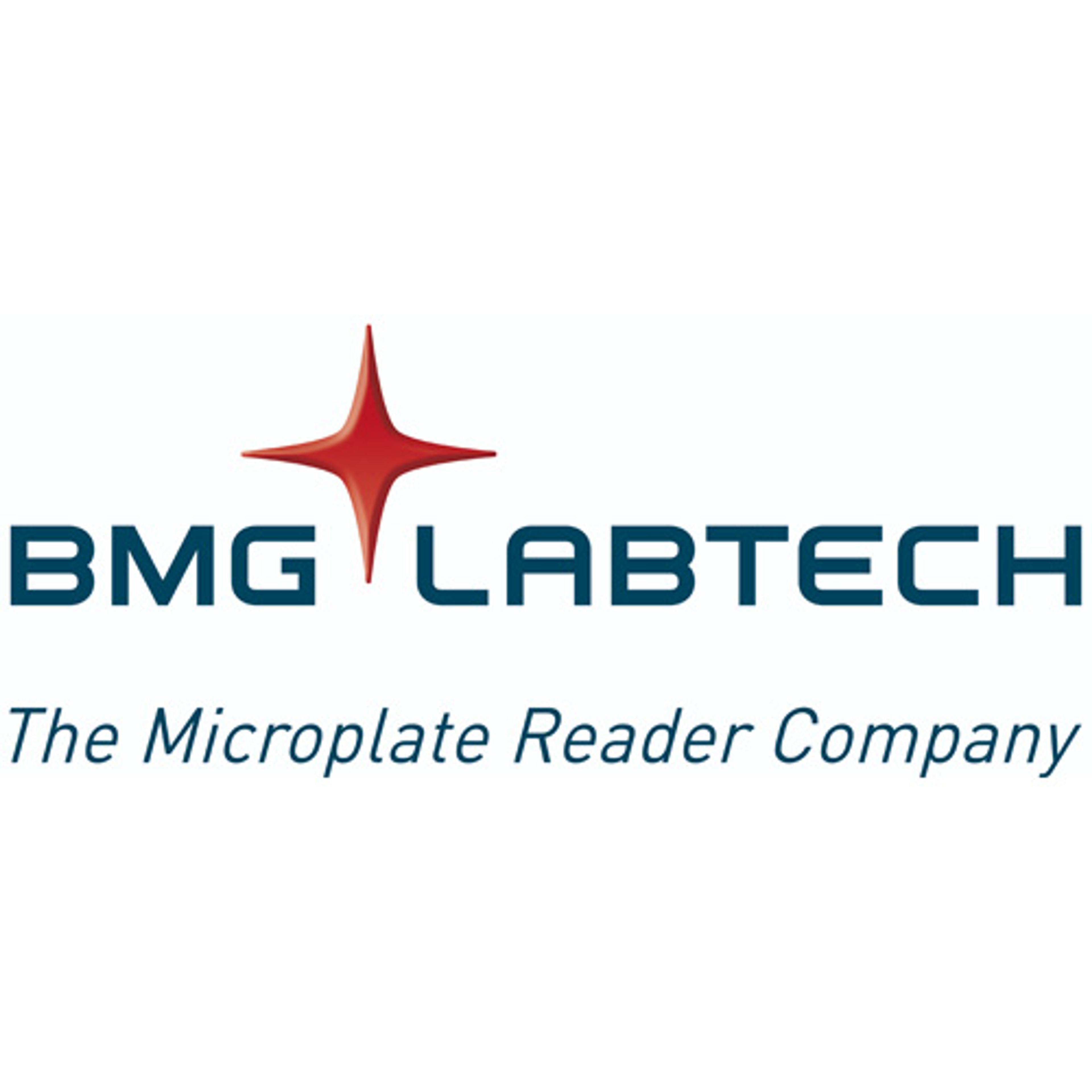
Microplate assays are essential tools in life sciences research, particularly in drug discovery. Their success largely depends on high-quality, sensitive microplate readers with the appropriate settings to ensure reliable and efficient outcomes. Modern microplate readers provide robust, reproducible results and seamlessly integrate into automated systems, making them ideal for high-throughput facilities that accelerate research.
Understanding how various microplate features and microplate reader settings impact data sensitivity and quality is crucial for achieving optimal assays with reliable, reproducible results. This content hub provides an in-depth exploration of how to fine-tune microplate reader settings to align with specific microplate features, backed by evidence on how these adjustments directly influence data quality. Additionally, this hub offers strategies to maximize assay data quality. Through case studies featuring BMG LABTECH equipment, you'll gain insight into how their expertise in microplate reading can significantly enhance the performance of your microplate assays.

Preparing for the assay
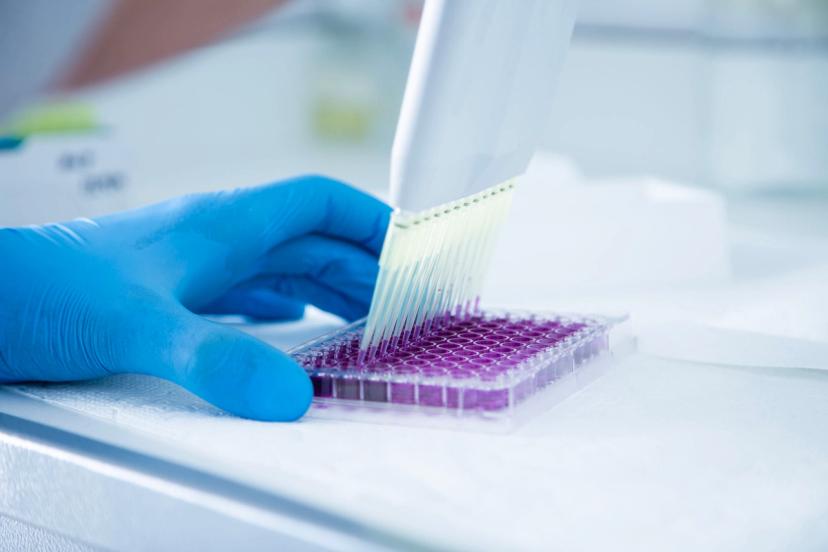
Effectively using a microplate reader involves several key considerations during assay preparation, particularly regarding microplate type and color. The resources below are designed to help you select the right microplate, understand sources of measurement variance, optimize reader settings, and evaluate performance indicators for your assays.
Learn why microplate color is crucial for specific assay types — for instance, white plates are best for luminescence assays, while black plates excel in fluorescence intensity measurements. Choosing the wrong color can impair accuracy. Additionally, the well shape (round or square) and bottom design (F-, U-, V-, or C-bottom) affect light transmission and sample volume, as well as whether you should measure from above or below.
These resources will also guide you in minimizing sources of variance in microplate assays. Discover why an appropriate number of replicates matters, understand how sample volume impacts reader performance, and address issues like variable menisci through appropriate plate selection. You'll also find strategies to avoid common pipetting errors and techniques for preventing or removing bubbles from samples.
Microplate reader settings should be adjusted based on the assay and microplate type. Learn how to optimize lamp flashes, adjust gain settings to enhance light signals, and choose between bottom- or top-reading. Understand how to use focus height on advanced readers, when to use shaking or sample injection capabilities, and how to employ parameters like orbital or spiral well scanning for the best results.
Finally, these key resources will assist you in setting performance indicators for your assays. Learn how to determine limits of detection (LODs), understand the dynamic range (the range between the highest and lowest measurable values) of your assay, and generate the Z-prime statistic to assess assay quality.
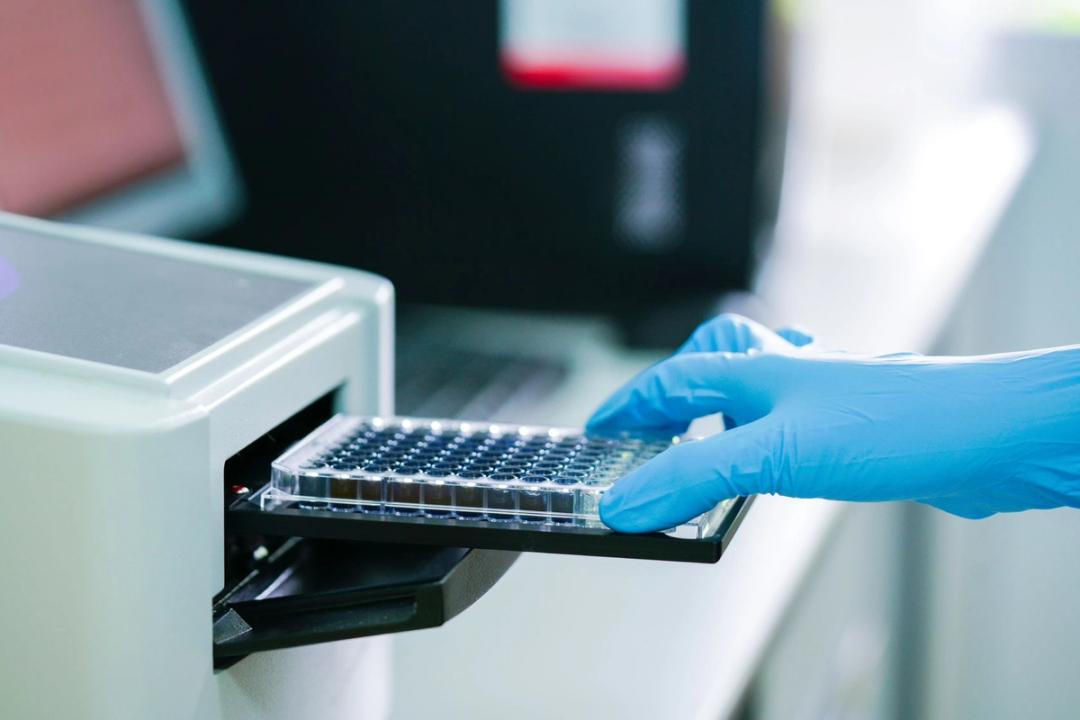
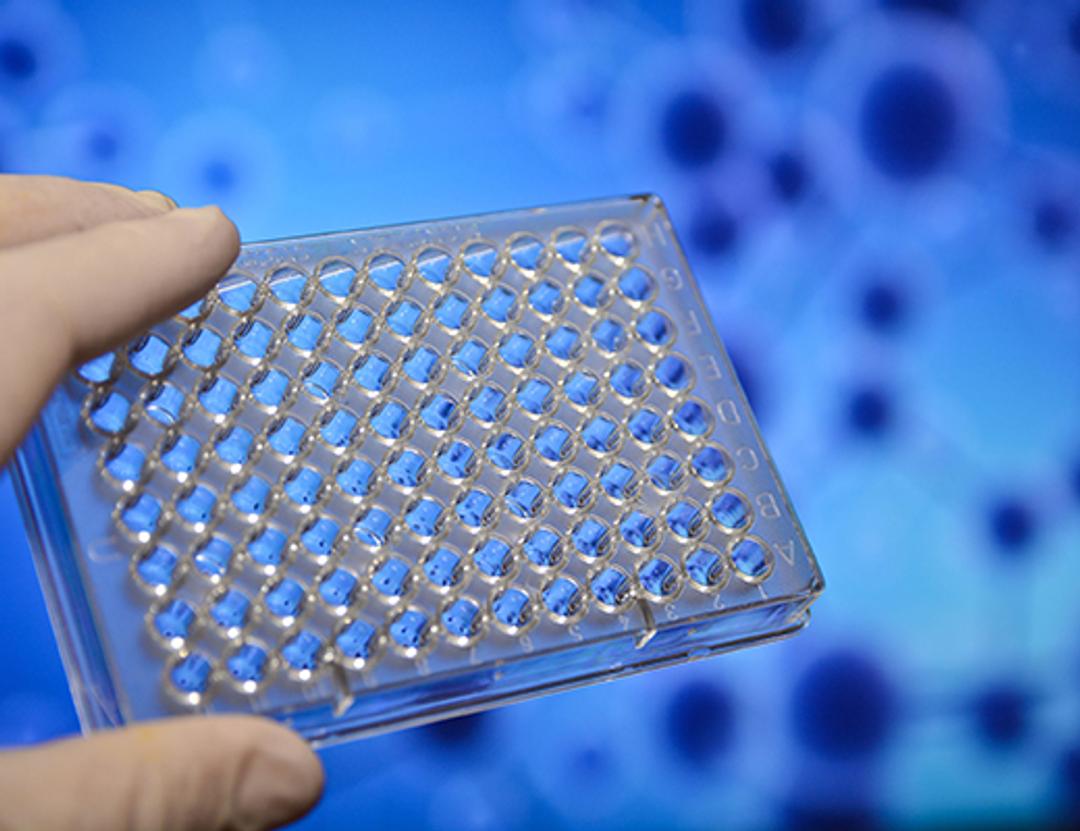
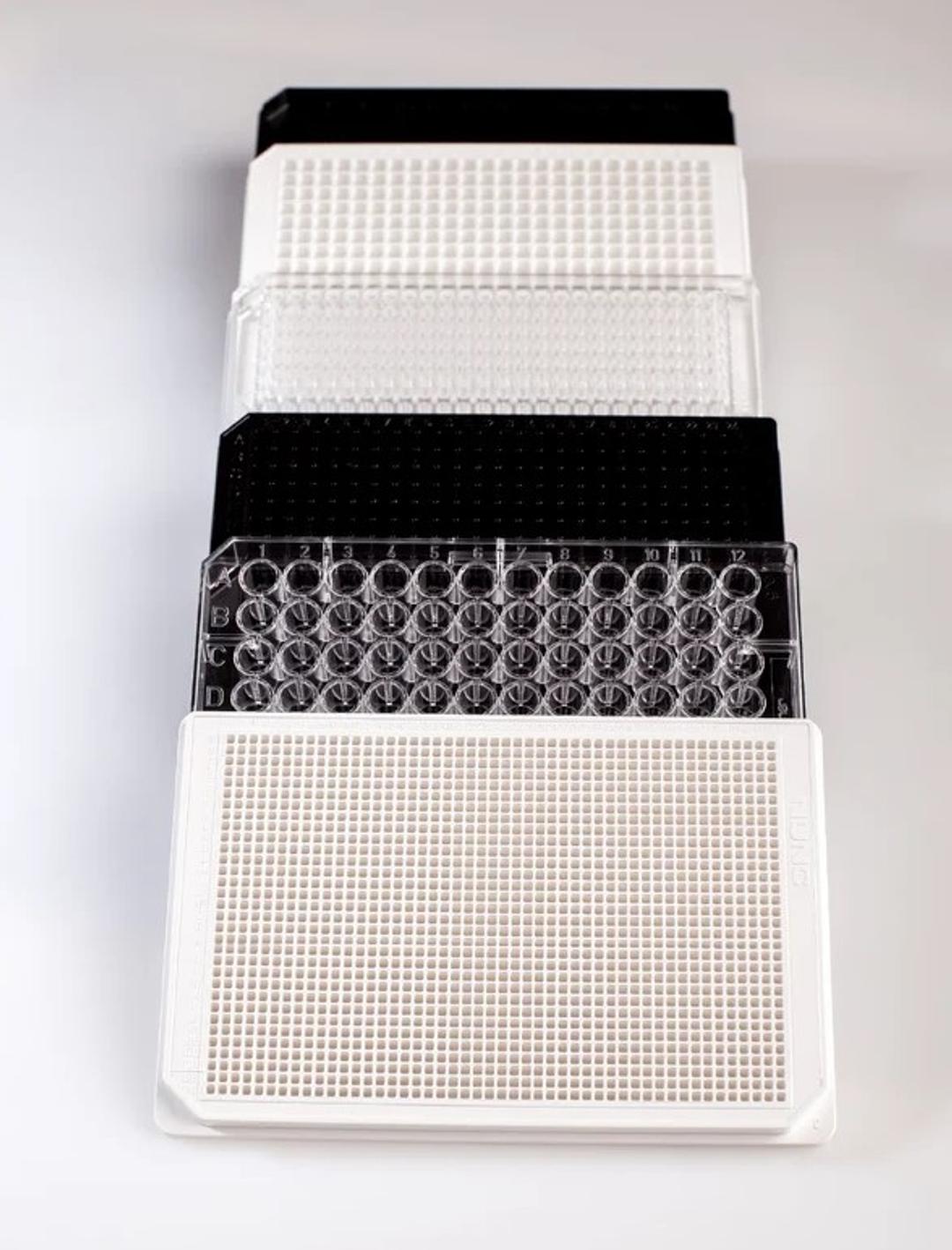
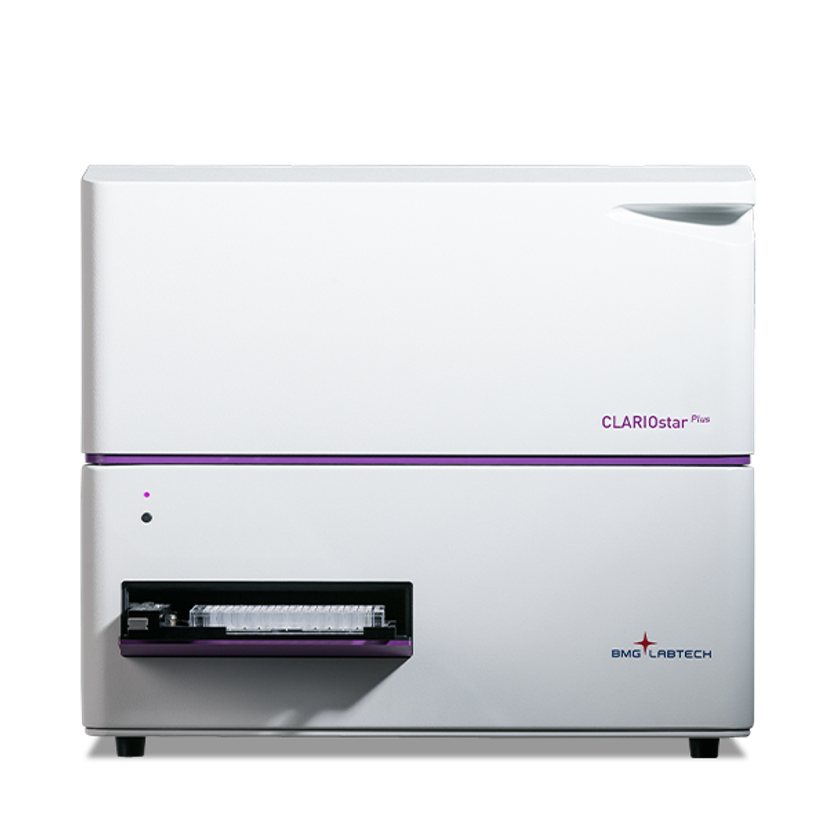
The CLARIOstar® Plus is the most-sensitive monochromator-based microplate reader. This high-performance multi-mode microplate reader from BMG LABTECH is equipped with revolutionary LVF Monochromators™, spectrometer, and filters.
Learn moreRequest quote
Impact of plate reader parameters on your data
Advanced microplate readers offer a range of adjustable parameters tailored for specific assays, sample types, and detection methods, including absorbance, fluorescence, and luminescence. Incorrect or sub-optimal settings can compromise measurement accuracy and data quality, ultimately impacting lab productivity. Explore the resources below to learn how to optimize settings such as gain, focal height, well-scanning modes, and lamp flashes. Additionally, gain valuable insights into optimizing heterogeneous cell-based assays.

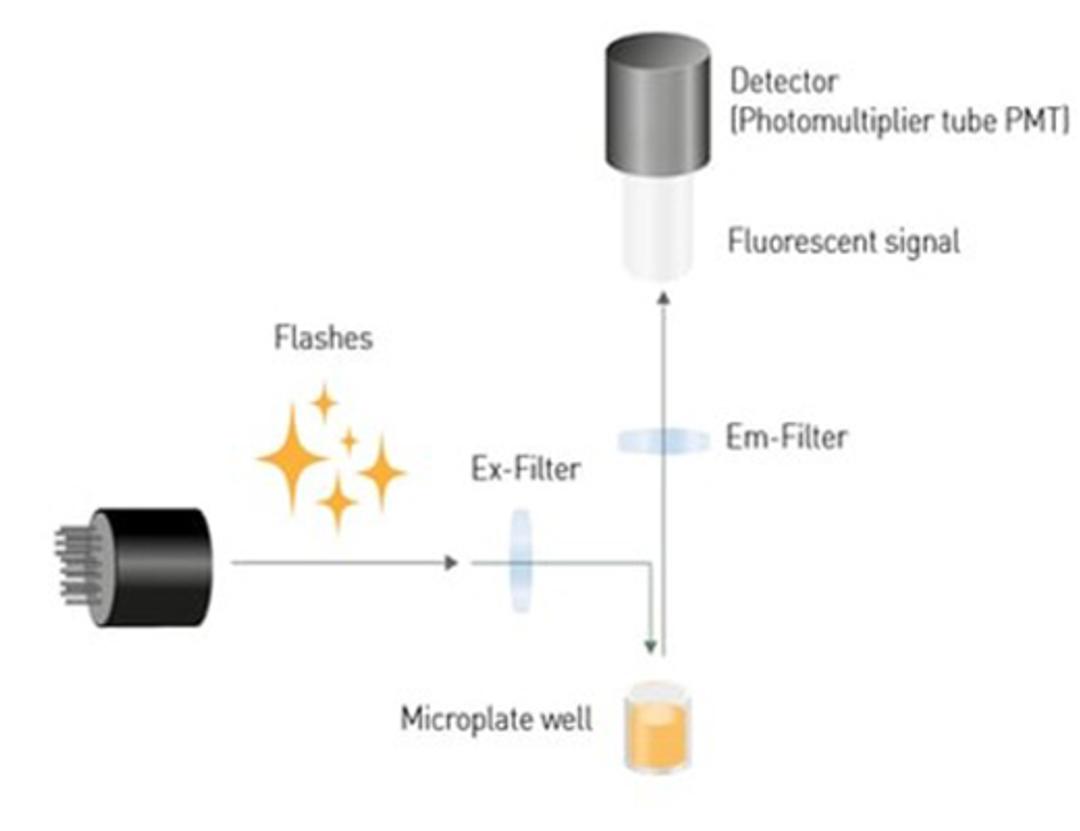
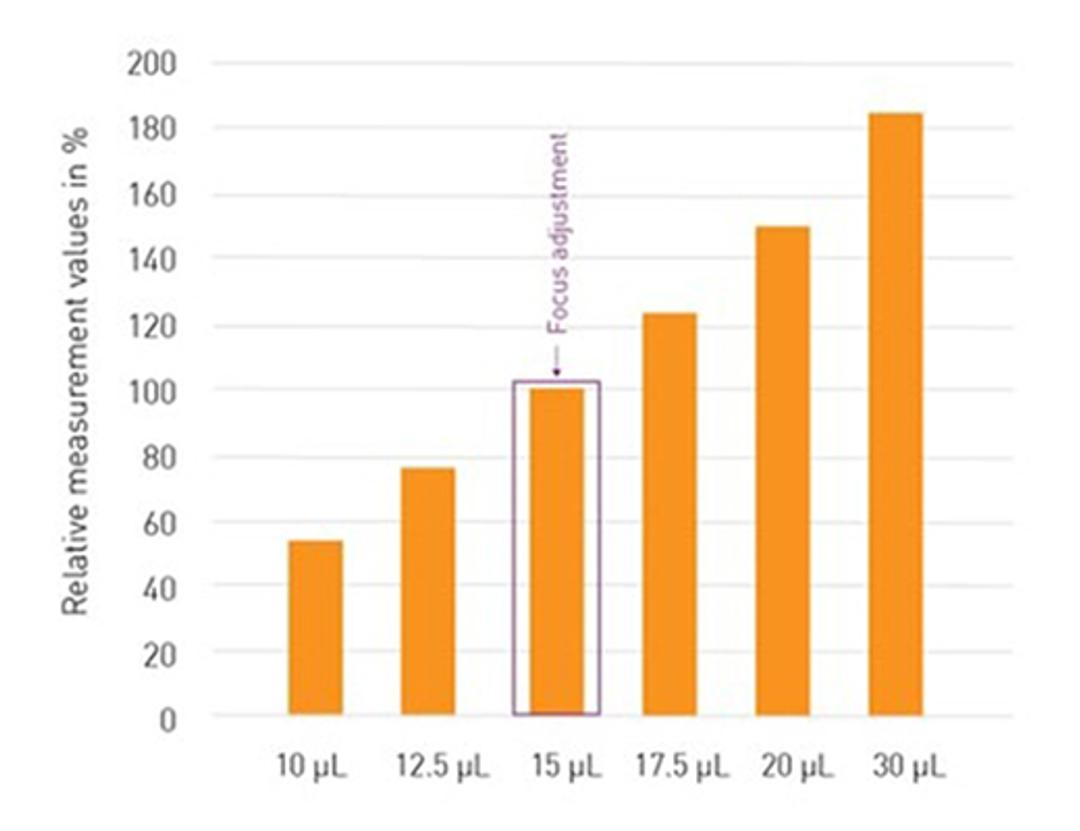

Discover in this BMG LABTECH guide how meniscus formation in aqueous samples can impact path length across different parts of microplate wells, potentially distorting absorbance measurements and concentration calculations. Explore practical tips to minimize meniscus formation, including using microplates with hydrophobic coatings and filling wells to the brim.
Download resource
In this BMG LABTECH guide, learn how cell-based assays provide data with higher biological relevance, requiring special considerations for microplate readers not typically encountered in classical biochemical assays. Discover the potential adverse effects of autofluorescent components and how to address them, including the use of bottom optics instead of top optics.
Download resource
In this BMG LABTECH guide, uncover the key to setting correct fluorescence gain on a microplate reader, which amplifies light signals based on their intensity. Understand the consequences of improper gain settings: high gain can saturate the detector and render data unusable for bright samples, while low gain can make dim samples indistinguishable from background noise.
Download resource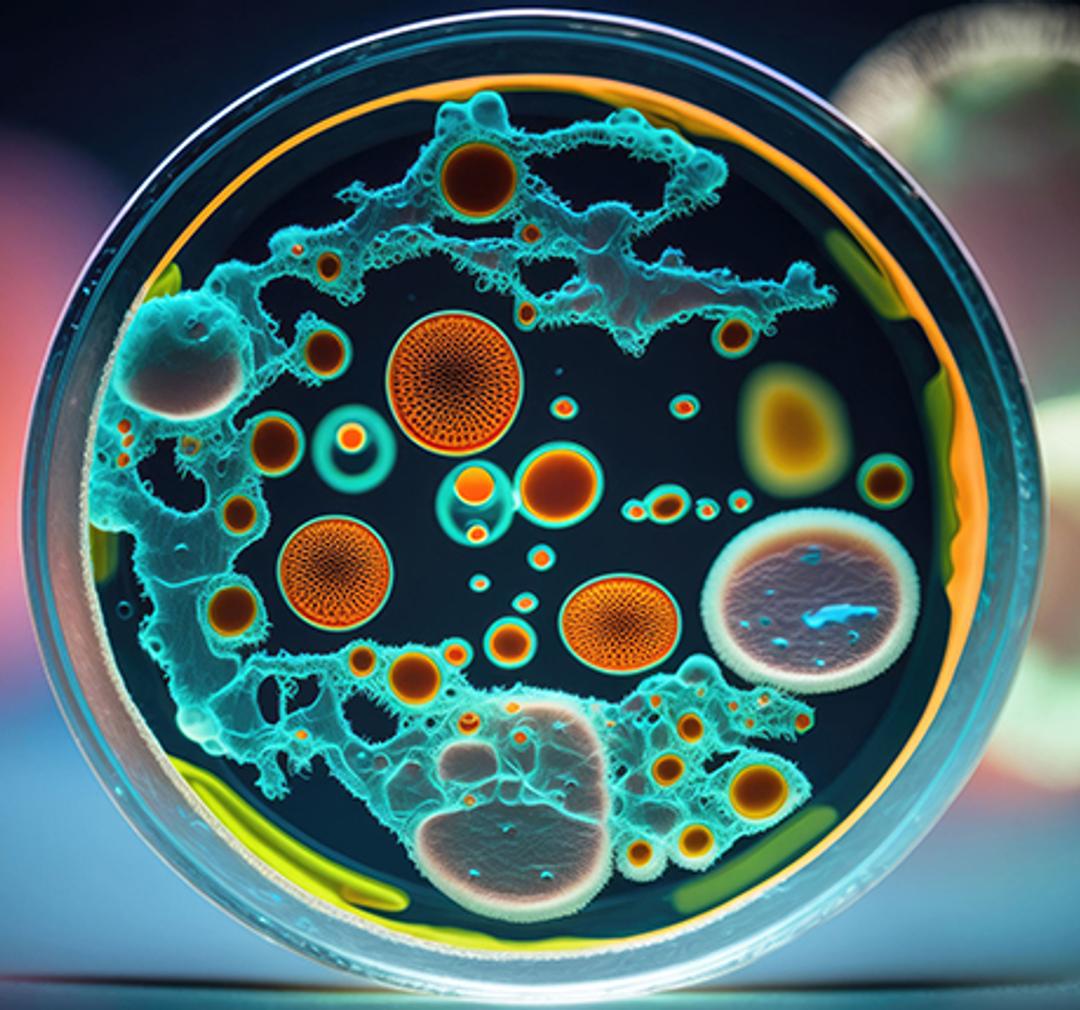
In this BMG LABTECH guide, understand the challenges presented by fluorescence measurements of heterogeneous cell samples and how to overcome them by optimizing microplate reader settings such as the focal height adjustment and the application of a well-scanning mode to reduce data variability.
Download resource
Wrapping up
In drug discovery and life sciences research, the stakes are high, and labs cannot afford downtime due to unreliable or inaccurate assay results. Mastering microplate readers and their settings, along with selecting the right microplate for each assay, is crucial for obtaining the best data and maintaining lab productivity.
Get the best out of your microplate reader
In this closing video, BMG LABTECH Application Specialists Ann-Cathrin Volz, Ph.D., and Martin Mangold, Ph.D., summarize the key points covered in this content hub. They discuss the impact of various plate reader parameters on your data and provide empirical evidence on how these settings affect data quality.
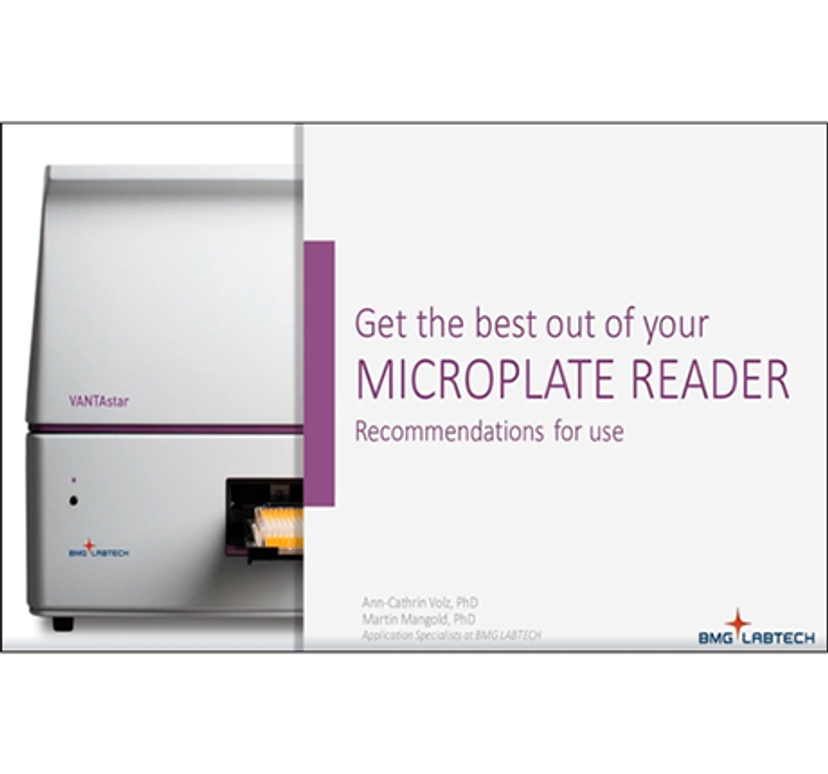

Tools recommended by users
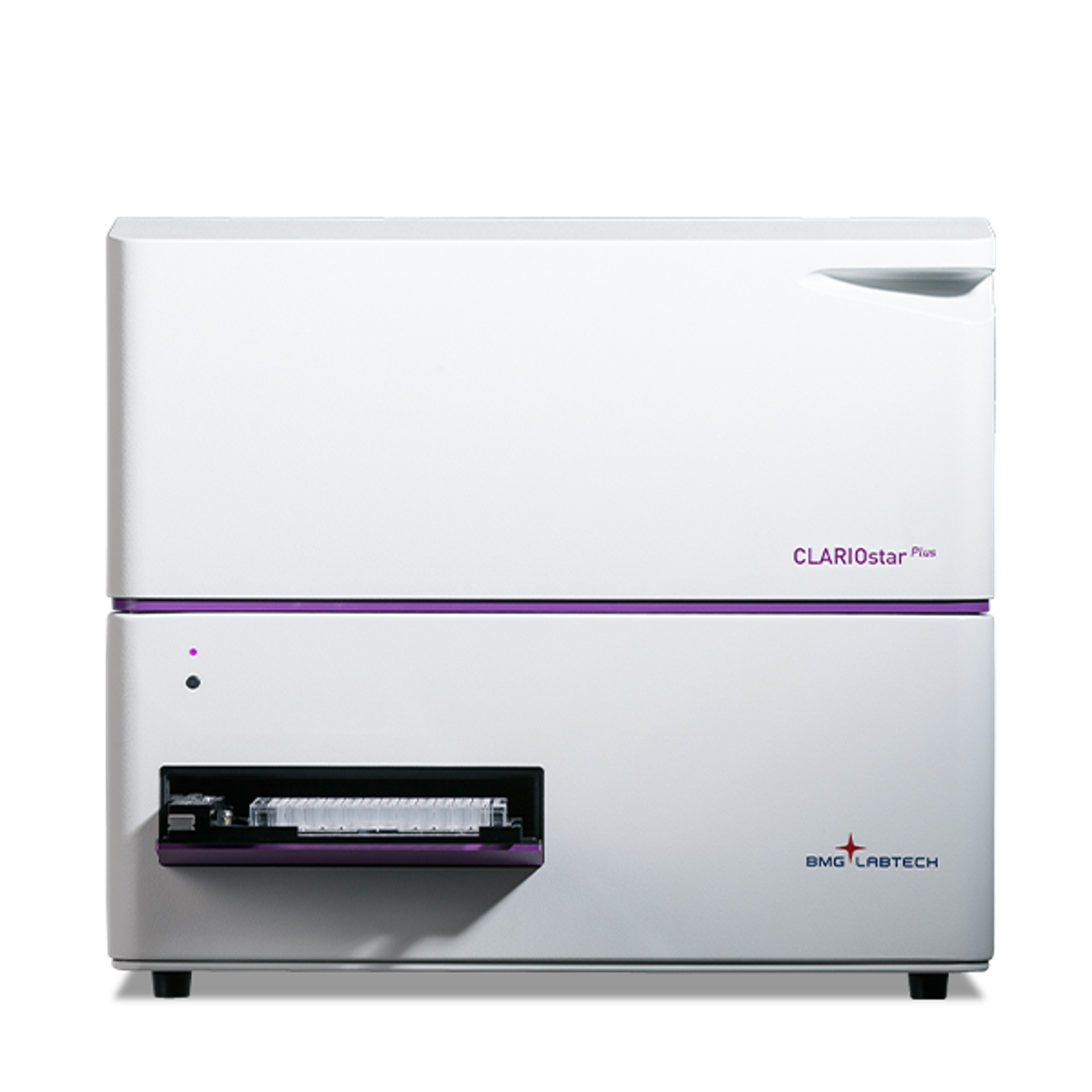
CLARIOstar® Plus Multi-mode Microplate Reader
“Great results, absolutely essential for my research.”
Helene Borrmann, University of Berkeley
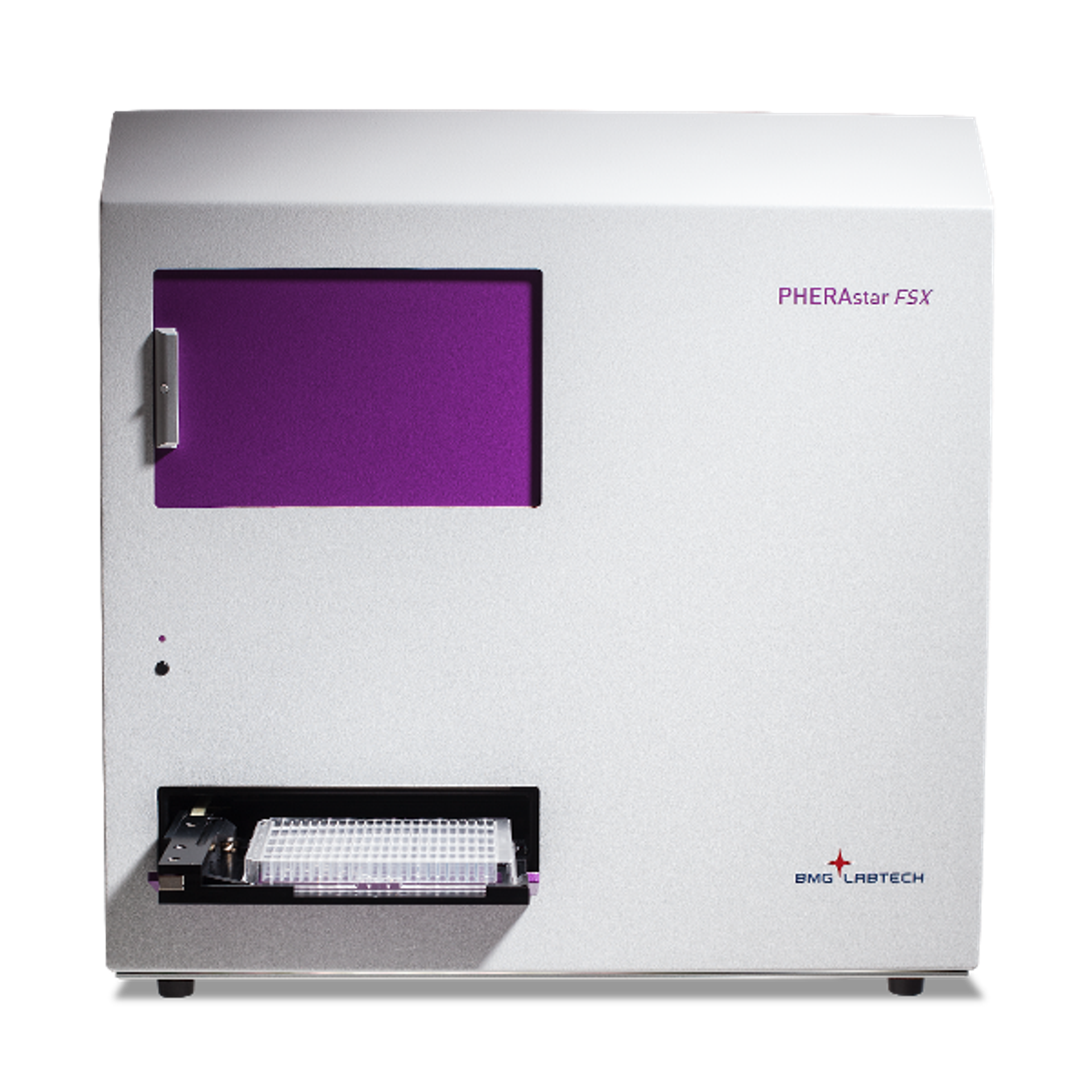
PHERAstar® FSX HTS Microplate Reader
“A must equipment for any lab!”
Christelle Bianda, Monte Rosa Therapeutics
